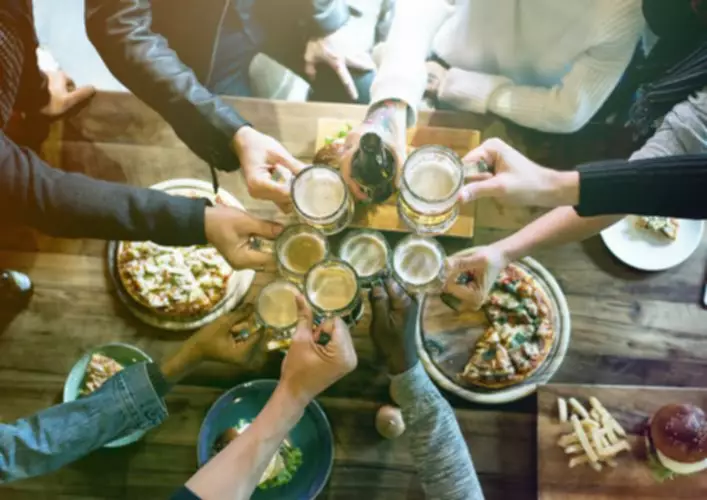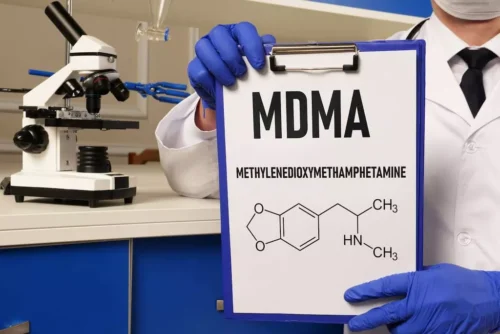
The most effective way to overcome alcohol use and addiction as a diabetic is to seek professional treatment. While feeling a bit dizzy or drowsy after drinking does not always signal harm for a non-diabetic, for diabetics this can signal larger problems. Many symptoms of hyperglycemia and hypoglycemia can diabetics get drunk are similar to those of being drunk. Some health experts and health organizations (including the World Health Organization) state that no amount of alcohol is safe for health. Meanwhile, the liver kicks in to break down and detoxify alcohol, as alcohol is a potentially toxic substance.

Signs and Symptoms of Alcohol Blackout

When the original stimulus that elicited the baseline response is delivered again through electrode A, the response recorded at electrode B is larger (i.e., potentiated). In other words, as a result of the patterned input, cells at position B now are more responsive to signals sent from cells at position A. The potentiated response often lasts for an extended period of time, hence the term long-term potentiation. White and Best administered several doses of alcohol in this study, ranging from 0.5 g/kg to 1.5 g/kg. (Only one of the experiments is represented in figure 3.) They found that the dose affected the degree of pyramidal cell suppression. Although 0.5 g/kg did not produce a significant change in the firing of hippocampal pyramidal cells, 1.0 and 1.5 g/kg produced significant suppression of firing during a 1-hour testing session following alcohol administration.
Learn more about smart insulin pen
The hormone insulin, which is produced in the pancreas, is an important regulator of blood sugar levels. In people with diabetes, the pancreas does not produce sufficient insulin (type 1 diabetes) or the body does not respond appropriately to the insulin (type 2 diabetes). Alcohol consumption by diabetics can worsen blood sugar control in those patients.
- Consequently,the reliability or accuracy of memories that are recalled following a period ofalcohol-induced amnesia are likely to be suspect.
- This would be consistent with literature linking stressful life events to depressive episodes (Kessler, 1997).
- The researchers allowed the rats to forage for food for 15 minutes in a symmetric, Y-shaped maze and measured the animals’ hippocampal activity using tiny wires (i.e., microelectrodes) implanted in their brains.
- Those researchers also reported that diabetics who consumed more than eight standard drinks per week developed peripheral neuropathy faster than did diabetics who consumed eight or fewer drinks per week.
Health Risks Of Diabetes And Alcohol

Given thepotential impact of these findings on prevention and intervention programs,additional research examining genetic and environmental factors contributingto alcohol-induced blackouts is needed. A total of 26 publications met the criteria to be included in the review(see Table 1 for study details). Fifteenstudies examined prevalence and/or predictors of alcohol-induced blackouts. Sixpublications described consequences of alcohol-induced blackouts, and fivestudies explored potential cognitive and neurobiological mechanisms underlyingalcohol-induced blackouts. For the over-65s, light pollution was ahead of risk factors such as alcohol abuse, chronic kidney disease, and depression. However, it was still behind other risk factors, including diabetes and high blood pressure.
- Some cells tend to discharge electrical signals that result in one cell communicating with other cells (i.e., action potentials) when the rodent is in a distinct location in its environment.
- The American Heart Association (AHA) describe a syncope blackout as a short temporary loss of consciousness that happens when not enough blood reaches the brain.
- However, when they were mildly intoxicated (0.08 percent BAC) those with a history of fragmentary blackouts performed worse than those without such a history.
- White and colleagues (2004) observed that, among 50 undergraduate students with a history of blackouts, only 3 students reported using other drugs during the night of their most recent blackout, and marijuana was the drug in each case.
- Glucagon is a hormone that raises blood sugars and is often used in people with type 1 diabetes or type 2 diabetes who take insulin when they are unable to swallow liquid or food because of low blood sugar symptoms.
- That’s why it’s best to talk with your healthcare provider about drinking alcohol when you have diabetes and how (or whether) you can do it safely.
- Of the 603 participants who completed the baseline assessment (47% male, 39% White; see Table 1), 91% completed the 3-month assessment and 90% completed the 6-month assessment.
- In a study of 2,076 Finnish males, Poikolainen (1982) found that 35 percent of all males surveyed had had at least one blackout in the year before the survey.
- For instance, alcohol severely disrupts the ability of neurons to establish long-lasting, heightened responsiveness to signals from other cells (Bliss and Collinridge 1993).
Chronic heavy drinking, which involves drinking heavily on a daily or otherwise frequent basis, can cause damage to the pancreas, kidneys, heart, and liver. Liver and kidney damage, in particular, can pose several serious diabetic health risks. If you drink, do it occasionally and only when your diabetes and blood sugar level are well-controlled. If you are following a calorie-controlled meal plan, one drink of alcohol should be counted as two fat exchanges. If you have diabetes, drinking alcohol may cause your blood sugar to either rise or fall.
How Does Alcohol Impair Memory?
When a person consumes a very large volume of alcohol, an en bloc blackout may occur. If this happens, they will not remember anything that they did while they were drinking. To help keep health risks from alcohol at a low level, it’s safest not to regularly drink more than 14 units a week. The guidelines also recommend that if you choose to drink up to 14 units a week, spread this over at least three days. There are several risk factors for type 2 diabetes, these include your family history, age and ethnic background.
In fact, approximately 50% of college students who consume alcoholreport having experienced an alcohol-induced blackout (Barnett et al., 2014; White et al., 2002). Therefore, this systematic review provides an update(2010–2015) on the clinical research focused on alcohol-induced blackouts,outlines practical and clinical implications, and provides recommendations forfuture research. Although rates of blackouts were inflated in Sample 1 due to study design (i.e., eligibility criteria included a history of blackout), 56% of the heavy-drinking young adults in Sample 2 reported a blackout in the past month.
Risks of Drinking Alcohol with Diabetes

One brain region that is central to hippocampal functioning is a small structure in the fore brain known as the medial septum (Givens et al. 2000). The medial septum sends rhythmic excitatory and inhibitory signals to the hippocampus, causing rhythmic changes in the activity of hippocampal pyramidal cells. In electroencephalograph recordings, this rhythmic activity, referred to as the theta rhythm, occurs within a frequency of roughly 6 to 9 cycles per second (hertz) in actively behaving rats. The theta rhythm is thought to act as a gatekeeper, increasing or decreasing the likelihood that information entering the hippocampus from cortical structures will be processed (Orr et al. 2001).

